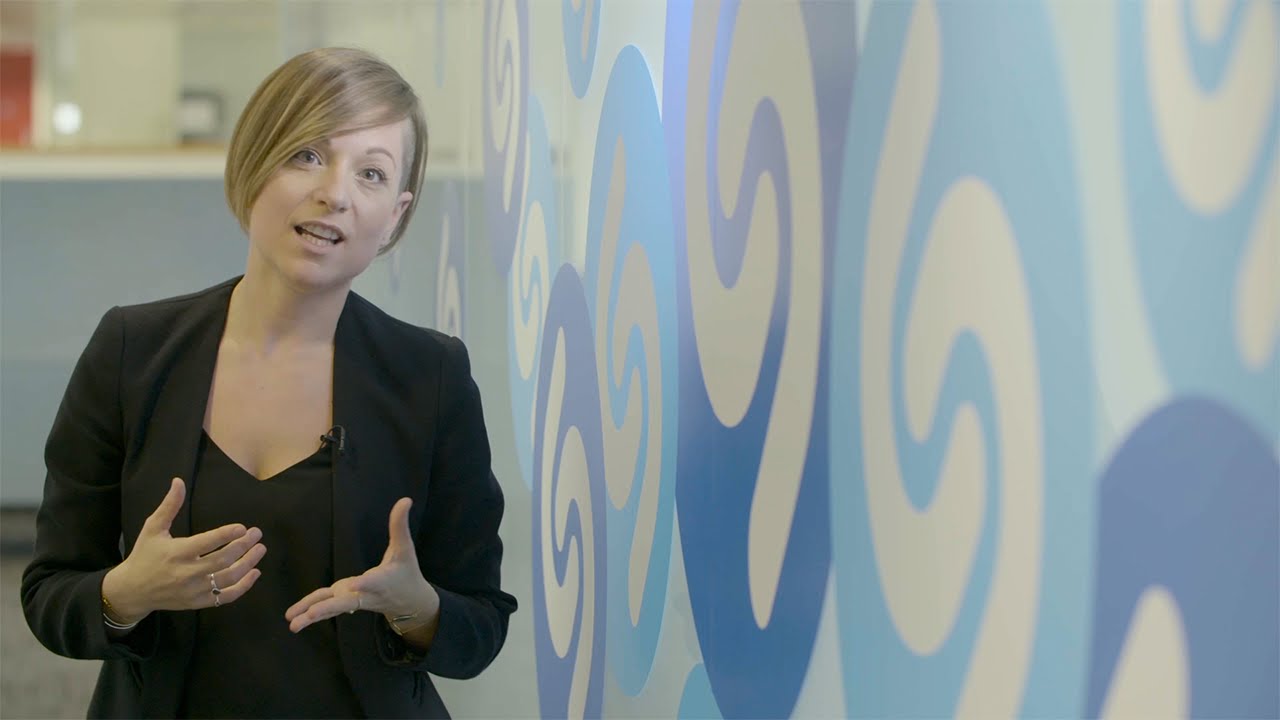Shazam’s Ruth Penfold on the evolution of the workforce
- 5 Min Read
The new generation of digital natives brings a diverse range of much-needed skills and expertise as they join the workforce. Though having come of age in a connected world, they also bring different expectations about what their work should do for them. How can HR leaders nurture this new generation of talent, and ensure they […]
- Author: HRD Connect
- Date published: Mar 27, 2017
- Categories

The new generation of digital natives brings a diverse range of much-needed skills and expertise as they join the workforce.
Though having come of age in a connected world, they also bring different expectations about what their work should do for them. How can HR leaders nurture this new generation of talent, and ensure they realise their full potential?
HRD Connect sat down with Ruth Penfold, Director of Talent Acquisition for Shazam, to talk about the evolving mindset of today’s workforce, and the best ways to inspire employees by creating great places to work.
The employee of today’s connected world
Shazam is a multimedia platform that lets users identify and discover songs and TV shows, and find out what music their favourite artists are listening to. A mere decade and a half after starting as purely a song identification service in 2000, Shazam now has more than 300 million users around the world.
Making it all happen is a team of 220, based in the UK, US, and Australia. “We’re a lean, mean, fighting machine,” Penfold told the HRD Summit in February. Indeed, for the size of its workforce, it packs quite a punch.
As Talent Acquisition Director for the Shazam family, how does Penfold go about finding the right people for the company, and keep the far-flung team as a unit, all while maintaining brand culture?
The key is understanding the employee of today: who they are, how they think, and what’s important to them. According to Penfold, today’s employee values having a purpose, having a sense of pride about their work, the opportunity to work flexibly and develop as an individual, and meaningful relationships with the people they work with, or ‘a sense of family’.
To ensure these needs are met, Penfold gives her employees the space to innovate and grow – Shazam lets its people work on their own projects during work time. She also champions a flexible culture – “organisation without so much structure” – though only to a degree, as we’ll discover later.
A generational shift
How exactly do those just entering the workforce think differently from those who are further on in their careers? According to Penfold, new employees have attitudes and expectations that are very different from those who started going to work a few decades ago. But that’s no bad thing.
“[At the beginning of my career] I was just grateful to be in an office, and learning something new,” Penfold says. The new workforce, however, is far more active in ensuring their personal development, and thinking about how their experience will enrich their career, she says.
They’re also more socially-minded, and are concerned about whether the values of the businesses they work for align with theirs.
“People know a lot more about the world and how it works [at a young age] than I did [at a similar age], and they want to feel a lot more that they are connected to what they’re doing, that they have a sense of purpose, and that their own values and those of their business align with one another,” Penfold explains.
“They also want an opportunity to grow, progress, and develop. I think that it’s a far healthier mindset to have.”
Penfold is cautious about using generation labels, observing a wider shift in mindset that extends beyond ‘Millennials’. In fact, she’s pleased to see we’re trending away from the tendency to label and categorise people. “From a diversity standpoint, we are becoming increasingly category-less,” she says, adding that soon, we’ll be even more so.
“It’s a healthy mindset because it’s stepping away from this obsession with putting people in boxes; it’s allowing people to just be themselves.”
9 to 5: not a way to make a living?
A generation of digital natives, having come of age in an always-connected world, also expects a bit more flexibility in their work. With the ability to log on just about anywhere in the big cities, why should work be tied down to just one location? And with constant access to company emails, why does that work need to take place over a specific period of time?
As the success of services like Uber and Deliveroo demonstrate, the so-called gig economy is thriving. Furthermore, many studies have linked flexible working hours to increased productivity, so why are so many businesses reluctant to shed the 9 to 5 mindset?
“I think it’s a fear of the loss of control,” says Penfold. She does, however, add that she wears two hats on the issue.
“I believe in people having a work life that complements their entire life, so that there isn’t a division between work and their personal life. But there is something special that happens when humans come together and collaborate, and if everybody works different hours and no one comes into the office, that time is lost,” Penfold says. “By allowing too much flexibility, we risk losing the human element.”
Recruitment: a team effort
To attract the best talent to a business, Penfold says, it’s a good idea to make hiring the responsibility of everyone in the company. “Remind people that they are the biggest advertisement,” she says.
She also recommends creating brand ambassadors within the company, and encouraging individuals to consider their own personal branding.
But if you’re a person who has never put themselves out there online, how do you get started?
“Take a bit of time to figure out who you really are, so do a bit of your own work to get back to the realest, truest version of yourself, and then allow that to be the thing that you then project out into the world,” Penfold says.
“Connecting with yourself is crucial for making your work feel authentic, she explains. After you’ve worked out who you are, start saying yes to things – a talking gig here, a panel discussion there: “Push yourself out of your comfort zone.”









